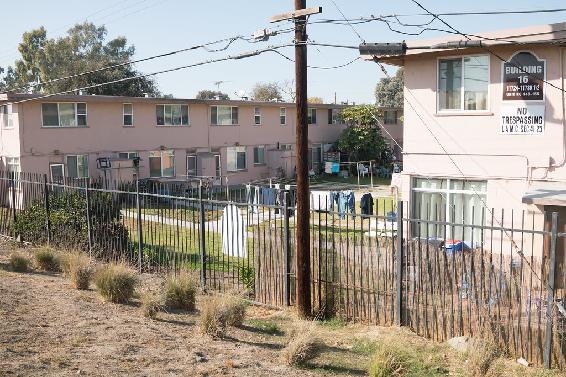10.8: Reintegration
- Page ID
- 16150
According the U.S. Department of Justice, in the United States approximately 10,000 prisoners are released per week from state and federal prisons, meaning approximately 560,000 ex-prisoners annually reintegrating into society. According to the recidivism center, recidivism rates are extremely high with approximately two-thirds of ex-prisoners committing new crimes within three years of release.
This leads to asking, is society doing enough to help ex-prisoners stay out of the correctional system, or does society have an obligation to help ex-prisoners. It is possible this a significant factor in the disproportionate incarceration of black males in the United States. The probability of an African American male being sentenced to prison in his lifetime is one in three, whereas for a Caucasian male it is one in seventeen. Should society commit more resources to improving reintegration efforts and assist ex-prisoner find minimal employment and housing? If so, would the ex-prisoner be less likely to re-offend? Providing resources to ex-prisoners successfully reintegrate into society could possibly reduce costly recidivism rates.
Many ex-prisoners will return to the same neighborhoods they lived in before their incarceration. Often these neighborhoods have high rates of crime and poverty, which could lead many in the community with the feeling of being separated from society as a whole and with little hope.

Many ex-prisoners can develop animosity from a society which is unforgiving of their criminal history. Additionally, personal, social, and legal challenges have the possibility of making the road to becoming a productive citizen difficult.
Depending on the crime, Ex-prisoners often face limitations on where they can live and can have difficulty finding affordable housing. Often, low-income public housing is the only available option. Many public housing developments are often inundated with criminal gangs and street crimes, which make it difficult to avoid criminal situations. The private housing is often not an option because ex-prisoners have bad or no possibility for credit or funds required to enter the housing market. Additionally, the stigma of being an ex-felon can lead to difficulties securing funds.
For ex-prisoners finding and maintaining employment can lessen their chance at falling back into the criminal lifestyle. However, the stigma of being an ex-convict, can decrease the number of sustainable job available to them. Many employers conduct criminal history checks on prospective employees and reject anyone with a criminal history. One study from 2003, indicated 90 percent of employers surveyed were willing fill job vacancies with welfare recipients, but only 40 percent were willing to consider hiring an ex-prisoner. The study determined companies that require contact with customers are among the most unlikely to consider hiring a convict. Employer reluctance is greatest when the ex-prisoner was convicted for a violent crime and least reluctant is when the conviction was for a nonviolent drug offense.
Finding employment opportunities can be especially challenging because many offenders have limited work histories. Many ex-prisoners are limited to working inconsistent, low-wage jobs, which makes it challenging for them to support themselves and their families. More than one third of all prisoners were unemployed at the time of arrest according to the Bureau of Justice Statistics.
Only about half of ex-prisoner adults have a high school education or General Education Degree, compared with 85 percent of the national adult population according to the National Reentry Resource Center. Most ex-prisoners do not have viable job skills, or sufficient education to obtain employment sufficient to sustain themselves and their families.

Inmates have educational opportunities while incarcerated, however only one third of all prisoners choose to participate. Prison programs can assist an inmate with obtaining a GED, teach basic adult education, like good decision makings skills, some even teach English as a second language. These programs can improve the ex-prisoner’s chances of employment, but the ex-prisoner must choose to better themselves.
More can be done to help break down social barriers which makes transition for ex-prisoners difficult. Providing assistance in finding adequate housing and providing educational opportunities that can lead to gainful employment are all meaningful to successful reintegration and reductions in recidivism. That being true, the ultimate change must come from the person who needs to change their destructive life patterns. Only by changing their actions will the ex-prisoner break the cycle of criminality. Ex-prisoners must choose to abstain from crime. They must choose to avoid substance abuse, choose to avoid gangs, choose to exercise self-control, choose to avoid situations which put themselves at risk. Society can provide pathways to social redemption, but ultimately the ex-prisoner must pursue chances to improve their situation. Only the ex-prisoner can put forth the effort which can lead to a life worth living.

